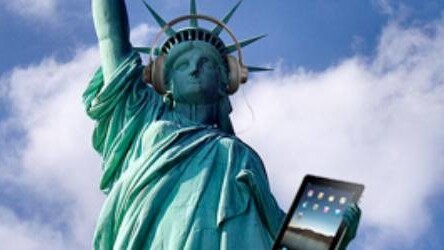
Bundle, a New York City startup collects data on how people handle the same financial decisions to learn what works and what doesn’t, with the goal that we can all get smarter about money, together. In short, it crowdsources personal financial habits so we can all make better choices.
Bundle published a terrific amount of data ranking tech spending across the United States. Surprisingly, California and New York didn’t even make the top 5!
Here’s who did:
1. Washington, D.C.
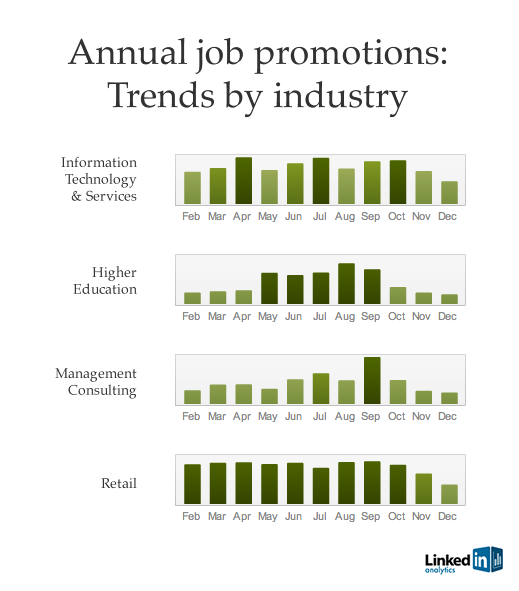
While not technically a state, Washington, D.C. led the pack for the most tech spending Washington, DC with an average consumer spending $62.25 on electronics per month, 35.5% higher than the national average.
2. Connecticut

My home state of Connecticut comes in at #2 with the average consumer spending $64.25 per month, 33.4% higher than the national average.
3. Hawaii
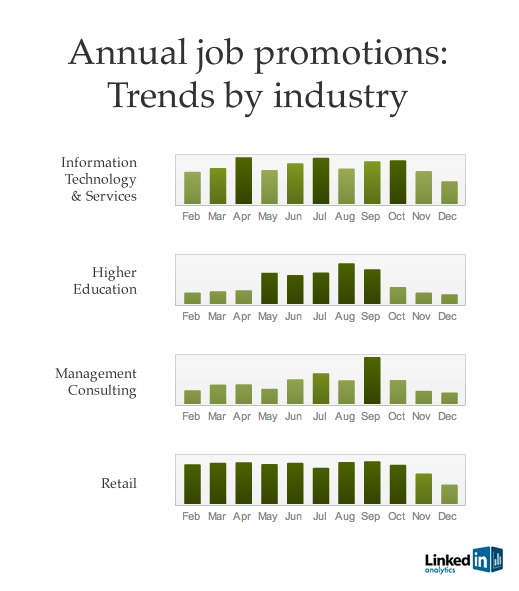
This was surprising to me! If I could unplug anywhere in the U.S., it would definitely by Hawaii, but seems this isn’t true for the 3rd biggest tech spender with the average consumer spending $57.67 a month on electronics, 19.7% higher than the national average.
4. Delaware
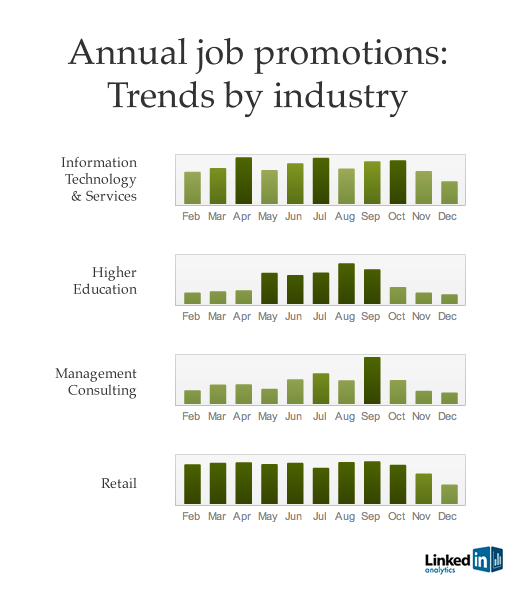
Delawhere? Jokes. Home to one of our finest social media bloggers, Megan Sayers, Delaware ranks as the 4th biggest tech spender with an average consumer electronics spending of $56.08 per month, ranking 16.4% higher than the national average.
5. Oklahoma
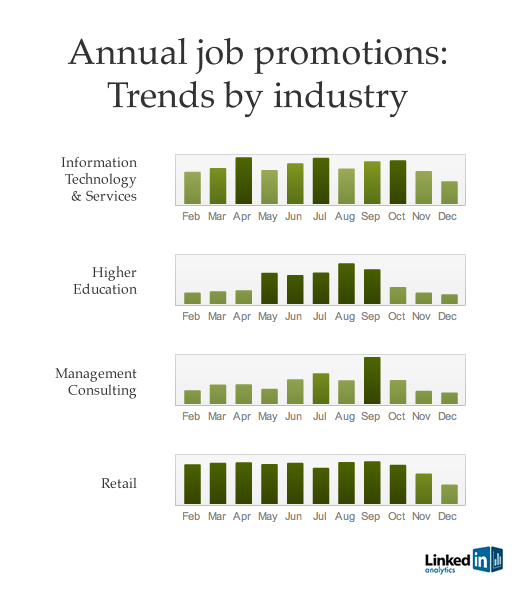
Rounding out the top 5, Oklahoma tech fiends spend $55.83 per month on electronics, 15.9% higher than the national average.
To see the entire 5-state ranking list, click here.
Bundle’s data is based on the anonymous transactions of 25 million Americans. They have an in-house team of mathematicians and data specialists who work with the raw data to classify transactions by category and demographic, etc., and then put the info into a digestible format, which can then be used to create rankings such as this one. To play with the fun visualizer of spending bubbles, check it out here.
They also have a similar feature for an individual’s own spending via their personal finance management tools. Use it to compare your spending with others in your neighborhood, divided by age group, income bracket, etc. Think of Bundle as a Mint plus Blippy service.
Get the TNW newsletter
Get the most important tech news in your inbox each week.




